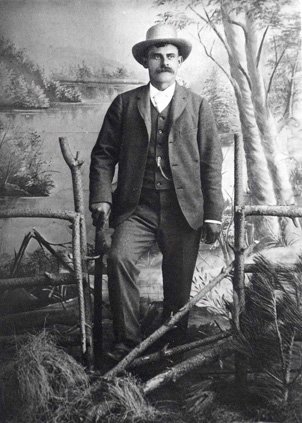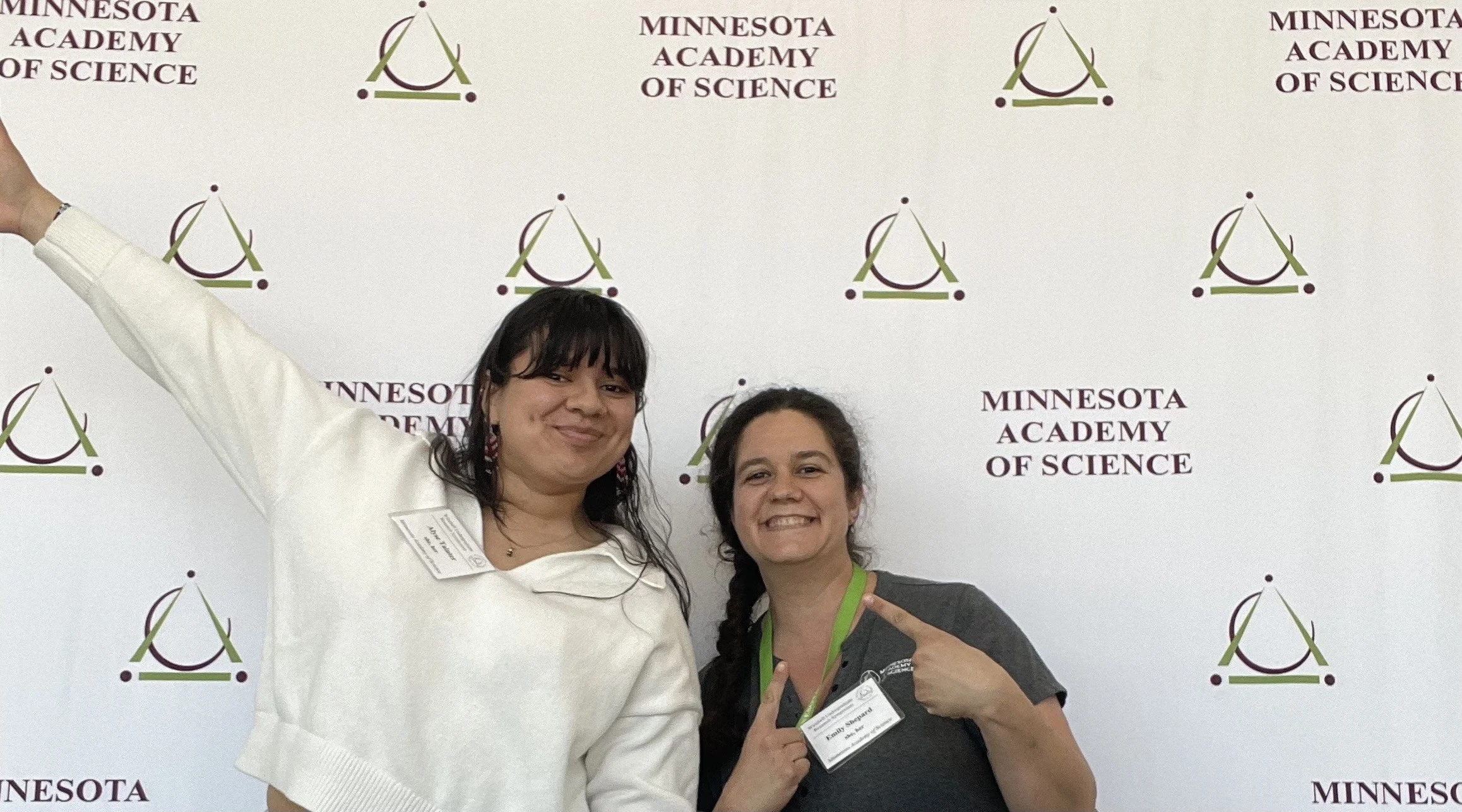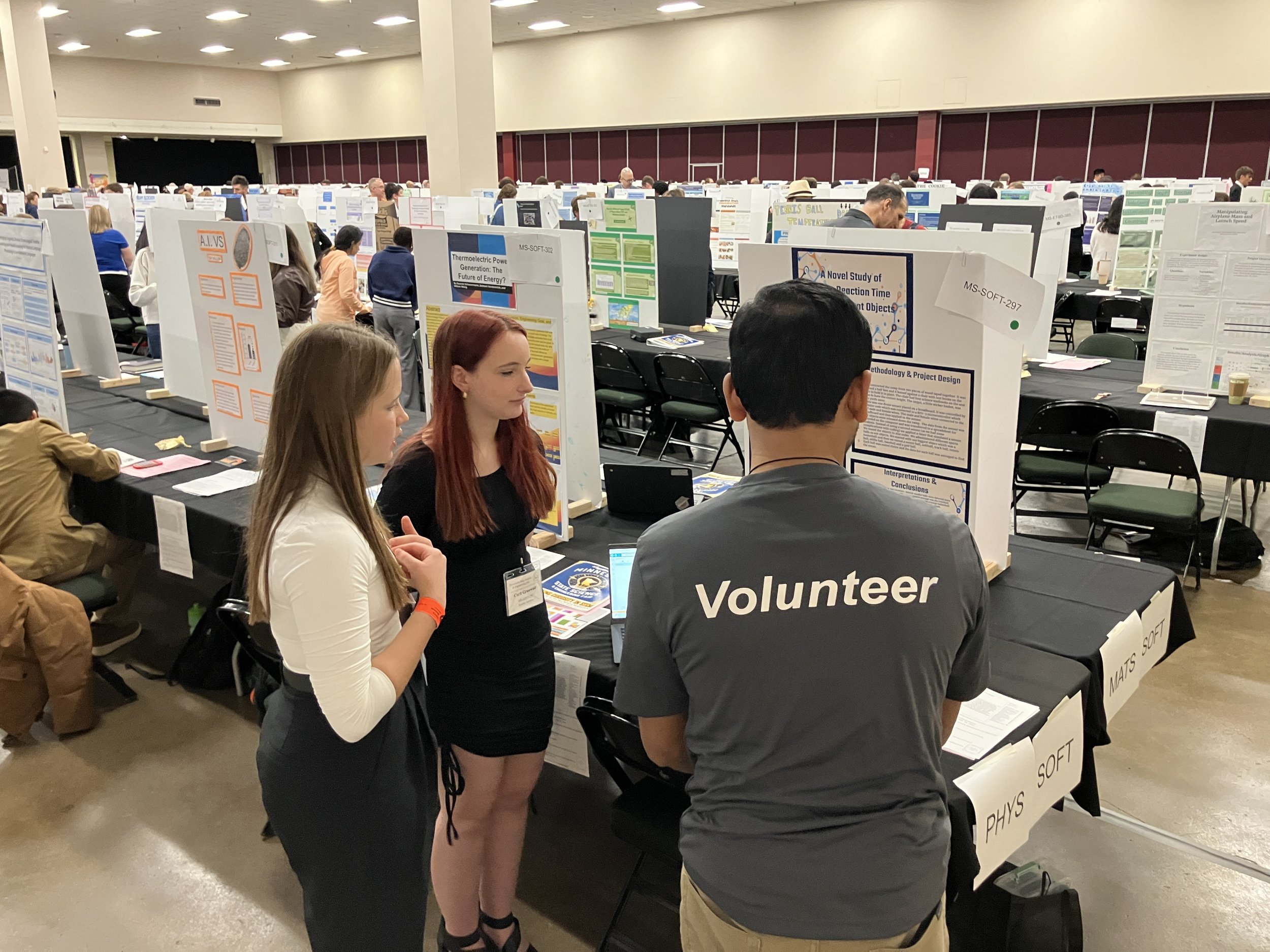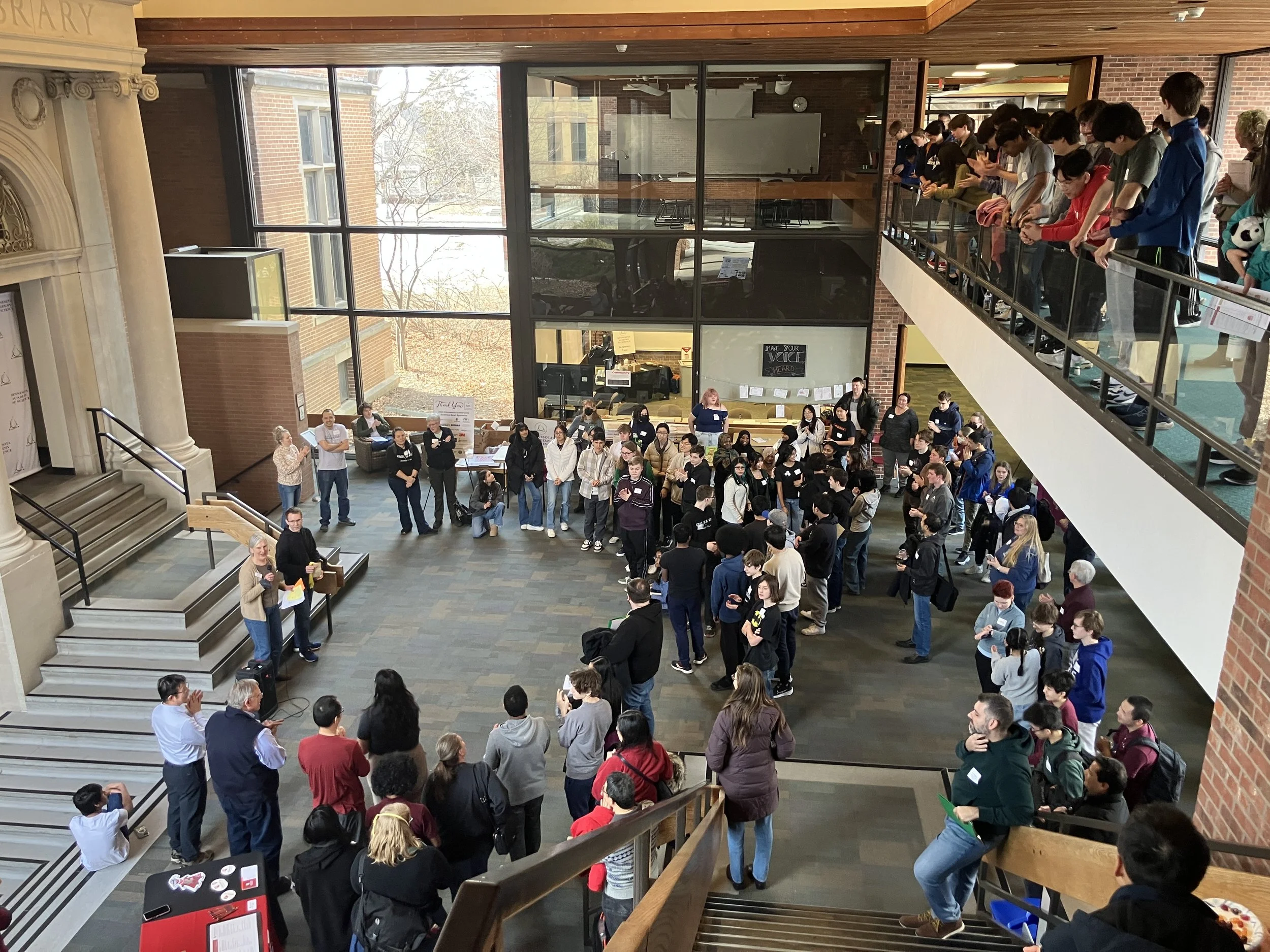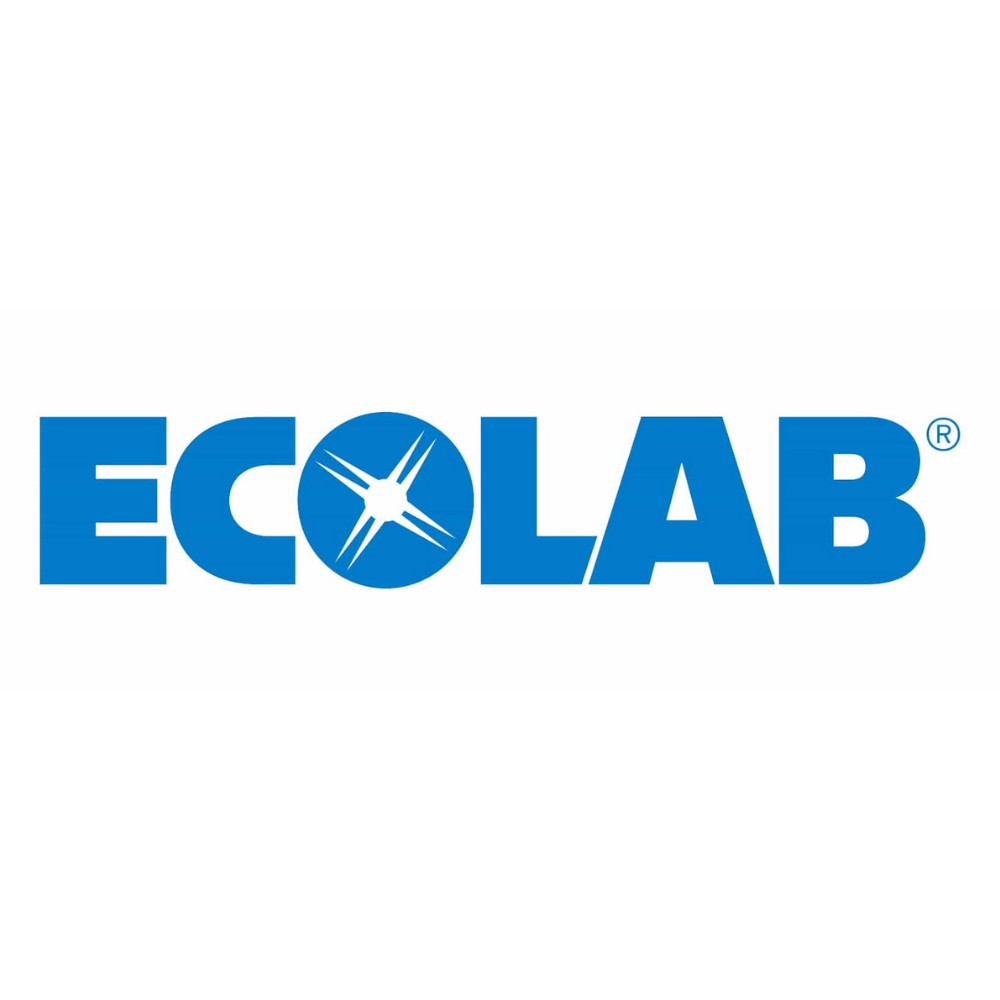Notes on the Flora of Western Dakota and Eastern Montana Adjacent to the Northern Pacific Railroad
J. B. Leiberg
Journal of the Minnesota Academy of Natural Sciences, Volume 3, Number 1, pages 63-69
This post is part of a series highlighting selected articles from the Journal of Minnesota Academy of Science archives in honor of the Minnesota Academy of Science’s 150th Anniversary. Read more about
our history!
John Leiberg. Photo: public domain
Throughout our 150 year history, a key goal of the Minnesota Academy of Science has been to support the dissemination of scientific research. In current times, this is prominently showcased at our annual major events such as the State Science Fair and the Winchell Research Symposium. In our first few decades, Academy meetings and the Journal of the Minnesota Academy of Natural Sciences (JMANS) were important spaces for sharing scientific advances. John Leiberg’s 1886 JMANS article - which will be included in an upcoming research publication by the North Dakota State University Extension Service - underscores the continued resonance of scientific research documented in early Academy history.
Leiberg (1853-1913) was a self-taught naturalist who would go on to be an early conservation advocate and botanist in the Western United States. He published his observations on the flora of Western North Dakota and Eastern Montana in a 1886 volume of the Journal of the Minnesota Academy of Natural Sciences, an article that was based off a presentation at a 1884 Academy meeting. His article provides a comprehensive description of the plants he observe while working for the Northern Pacific Railroad in the summer of 1883. He clearly describes and identifies plant species he encountered and their ecological surroundings, with a keen eye for detail.
Leiberg’s research is of great interest to Nathan Rokke, who is compiling a comprehensive native woody plant publication for the state of North Dakota. Minnesota Academy of Science staff were able to work with Rokke to track down Leiberg’s article, which was recently digitized by the UMN-Morris as part of a broad initiative to increase public access to scientific research accomplished through the Academy. Rokke was excited to find the article in our archives, stating “we will definitely be using it in our research. Not much of this plant survey work was done in North Dakota in those days so this first-hand documentation is very rare to find!”
In addition to its scientific merits, Leiberg’s article provides a window into being on the Great Plains in the late 1800s. As he recounts the hot weather and parched landscape, you can almost taste his enjoyment of encountering eatable berries as he writes, “a gooseberry … grows on the summit of the dry baked clay hills of western Dakota and eastern Montana. Although growing in these extremely dry localities, it was heavily loaded in the month of July with large ripe juicy fruit, possessing a sweet and agreeable taste.”
Gooseberry (Ribes)
Pasqueflower (Anemone patens)
Leiberg also vividly depicts a seeing beautiful carpet of flowers, writing “scattered over the drift hills in great abundance, and the first flower to appear in spring is Aemone patens… attaining a luxuriance of growth never met with in Minnesota.”
Nymphaea leibergii (dwarf waterlily), one of nine plants named after Leiberg. Photo: Superior National Forest
Leiberg’s botanical contributions to the Journal of the Minnesota Academy of Science were not the end of his scholarly work on plants of the United States - far from it! He continued moving west, documenting the plants he encountered and advocating for protecting the landscape. He settled in northern Idaho with his wife, Dr. Carrie Leiberg, a physician and public health expert - and an extremely fascinating person in her own right.
It is wonderful to learn more about people who contributed to early Minnesota Academy of Science history - and to see that scientific knowledge associated with the Academy continues to be useful in current research!
References
John B. Leiberg (1853-1913) — Some Biographical Notes, Newsletter of the Idaho Native Plant Society, Vol 21(4)
Sarah Walker, 1999
Jack Nisbet (Author of The Dreamer and The Doctor: A story of John and Carrie Leiberg)
Recorded presentation to the Idaho Native Plant Society, 2021
Reflections on John Leiberg’s Contribution to Plant Conservation in Idaho, Newsletter of the Idaho Native Plant Society, Vol 21(4)
Bob Moseley, 1999
The Dreamer and The Doctor: A Forest Lover and a Physician on the Edge of the Frontier, Sasquatch Books
Jack Nisbet, 2018

